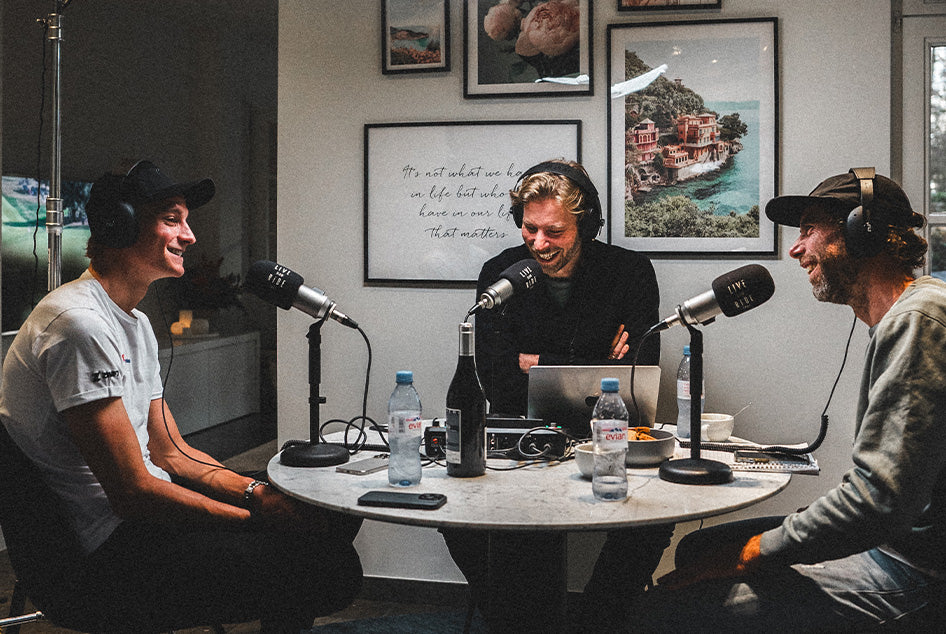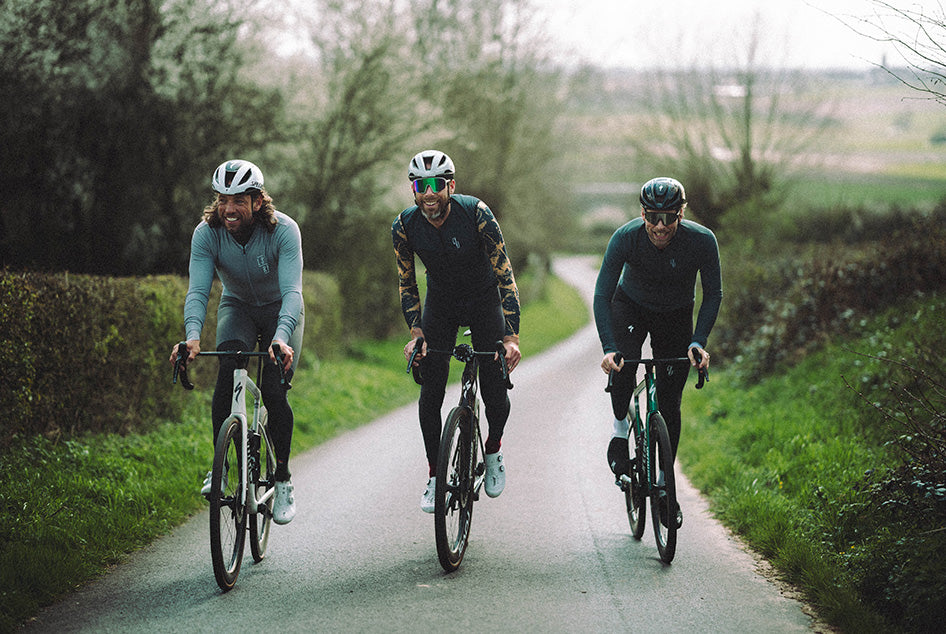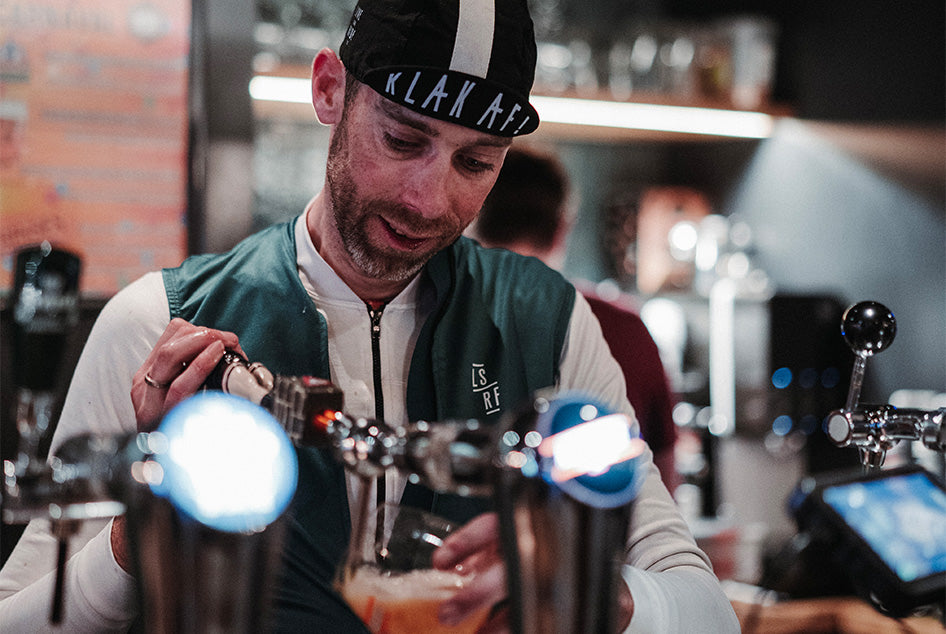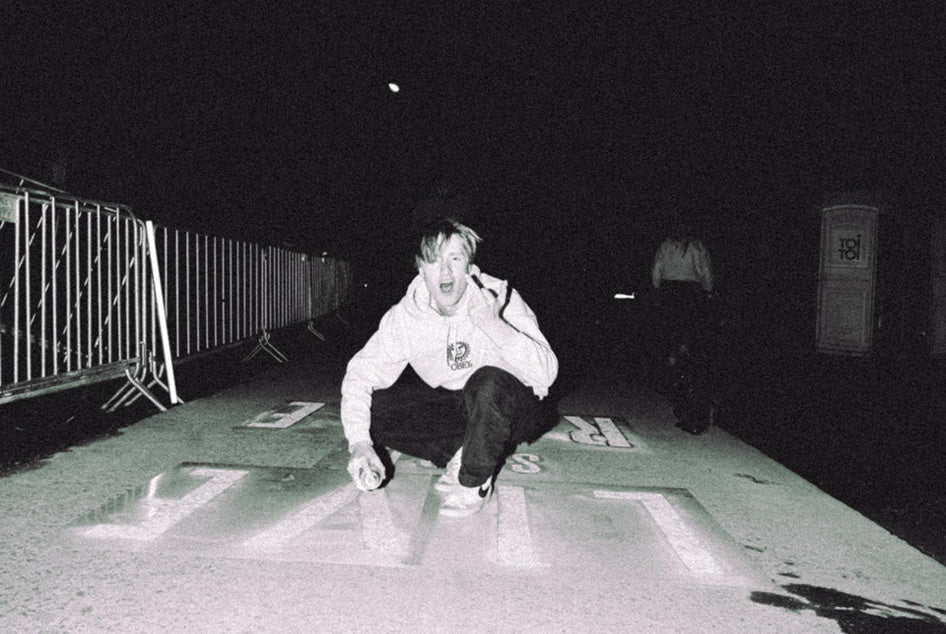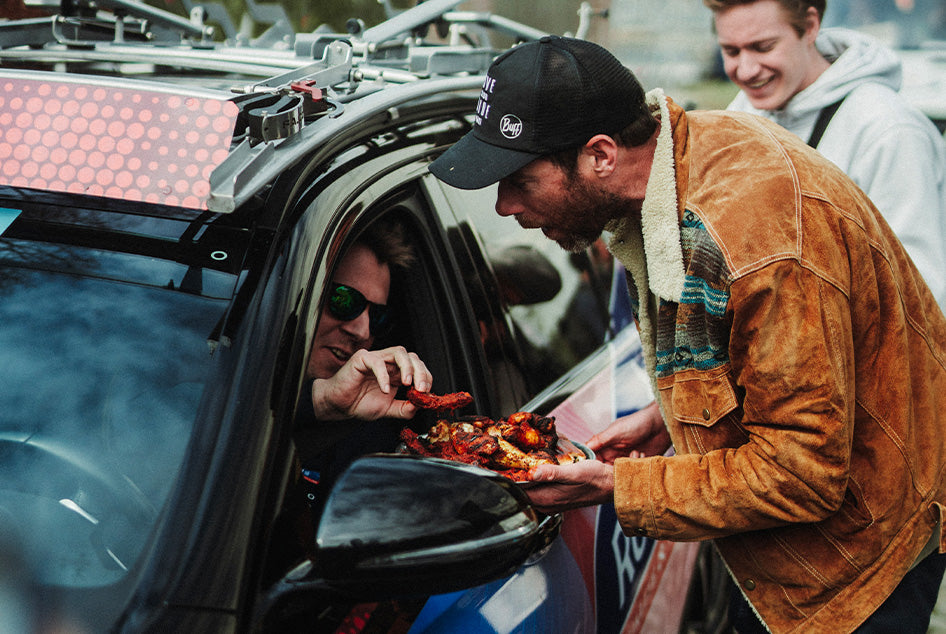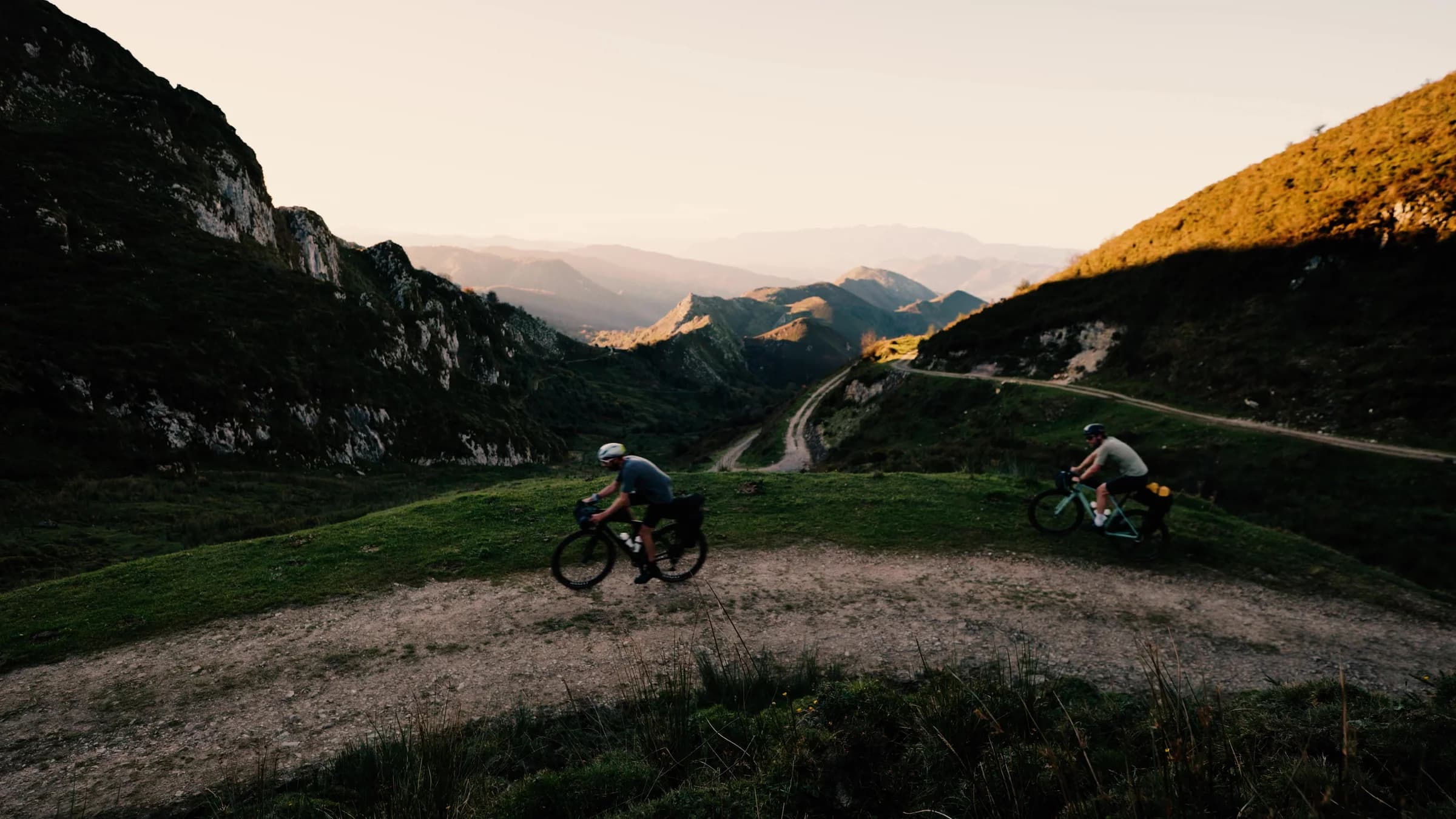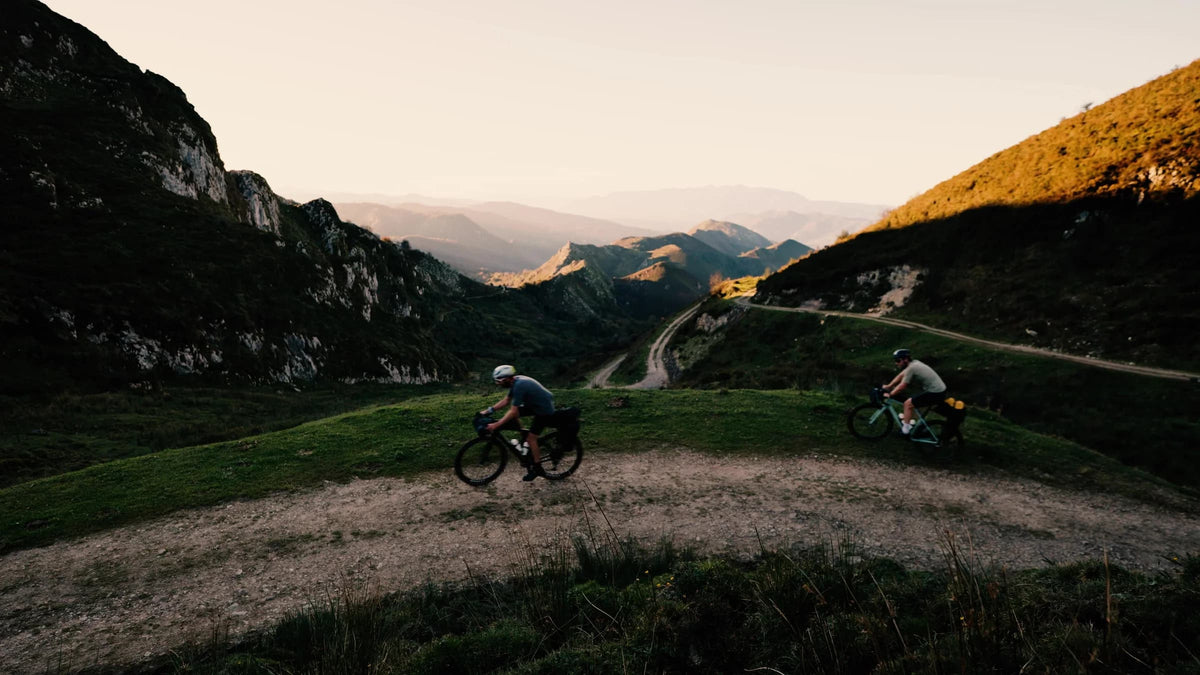Race Around the Netherlands is een tocht van meer dan 1900 kilometer, maar deze film gaat niet over afstand of tijd. Het gaat over kijken. Over hoe Nederland – het land dat we denken te kennen – verandert wanneer het langzaam onder je vandaan rolt, uur na uur, dag na dag. En hoe datzelfde land ook jou vormt, raakt, spiegelt en soms stilzet.
STORIES
The LSRF BOMBA Tour chose north this season and landed in Dokkum on November 16th. After a week of cold rain showers and stormy weather, the skies cleared and a bright sun decided to show up. A perfect crispy day for a nice, social ride with about 100 enthusiast participants.
MOVIES

TERRA INCOGNITA
For over 150 years, cycling has delivered heroes, battles, and stories. But these big classics and grand tours, they’re more than races. They’re windows into the soul of mountains, towns, and hidden valleys.
And yet, it all rushes by. No time to linger. Twelve years in the pro peloton, always moving. But Laurens kept a list - a little black notebook - a quiet promise to return.
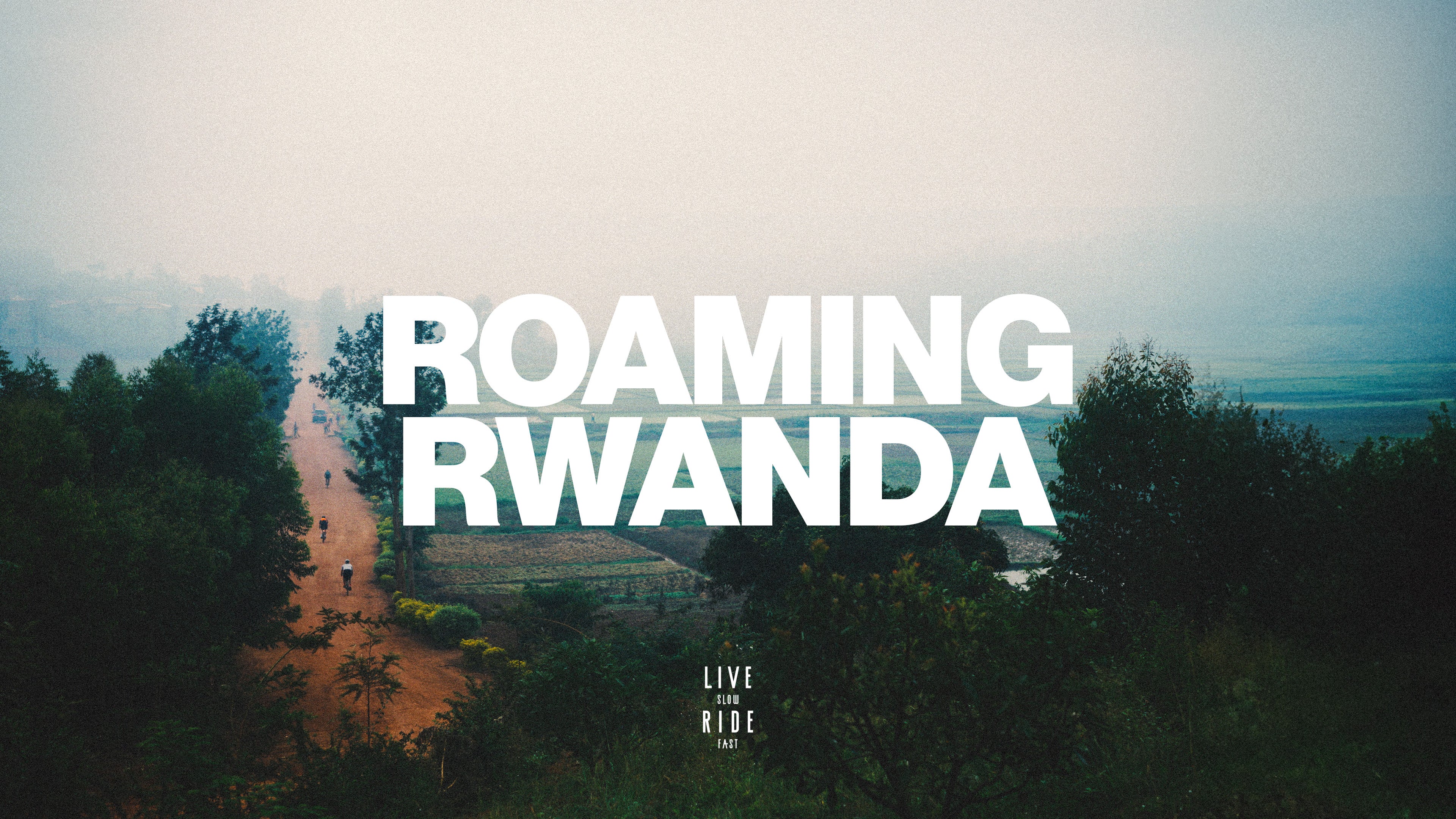
ROAMING RWANDA
A Country of Thousand Hills. The Race Around Rwanda, an ultra endurance cycling event, leads its riders over a spectacular route around the beautiful but challenging Rwandan countryside.
PODCASTS
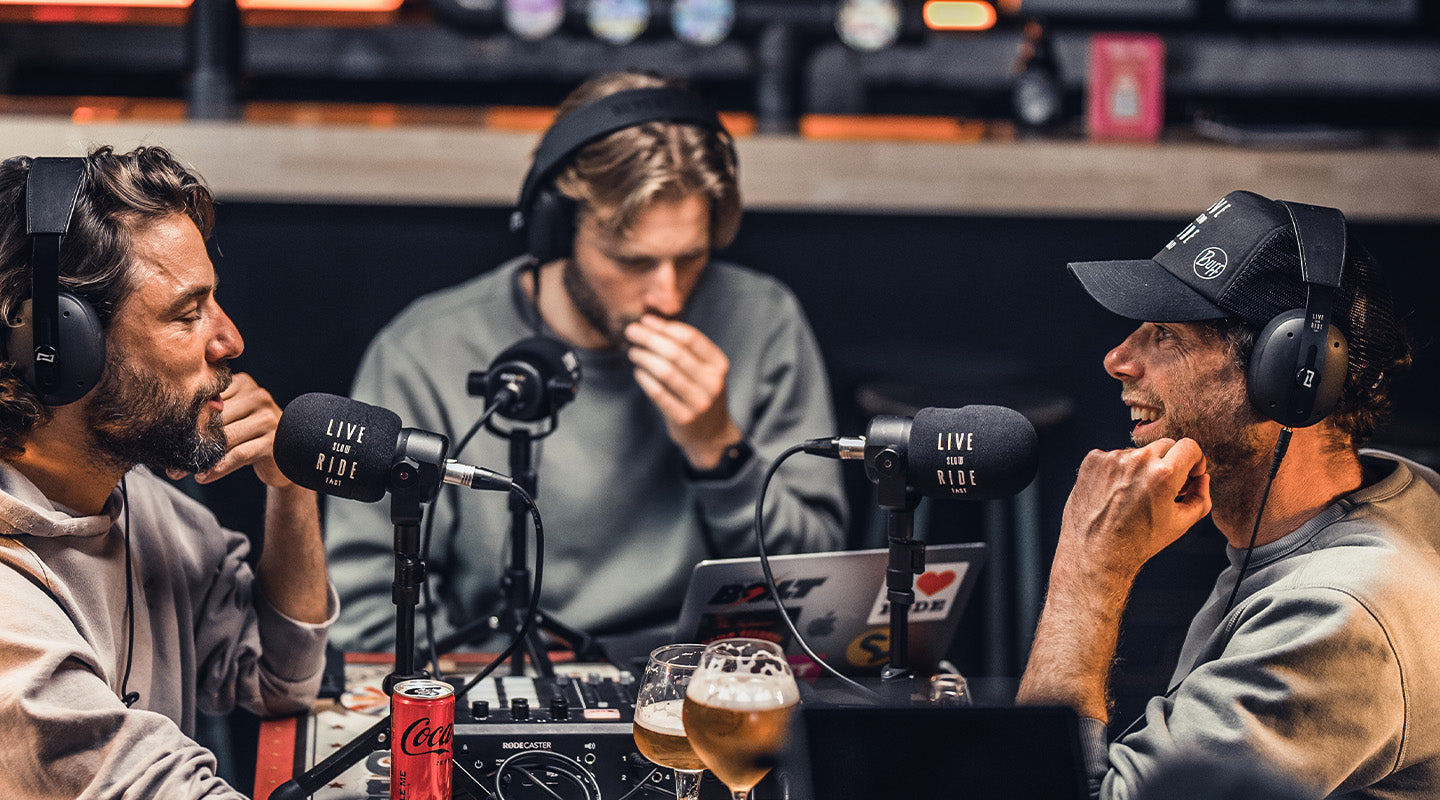
Podcasts
Listen to the Live Slow Ride Fast Podcast
Everything inside and outside the peloton. We cover life both on and off the bike. Live Slow Ride Fast style! These series of podcasts are in Dutch. You can find all our English spoken episodes with international guests in our COASTIN’ podcast feed.
ACCESSORIES Bekijk alles
